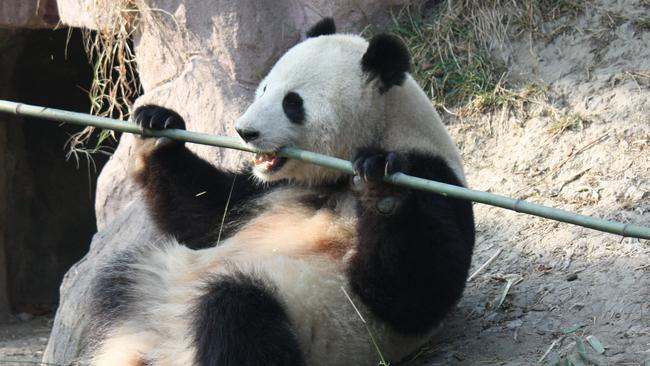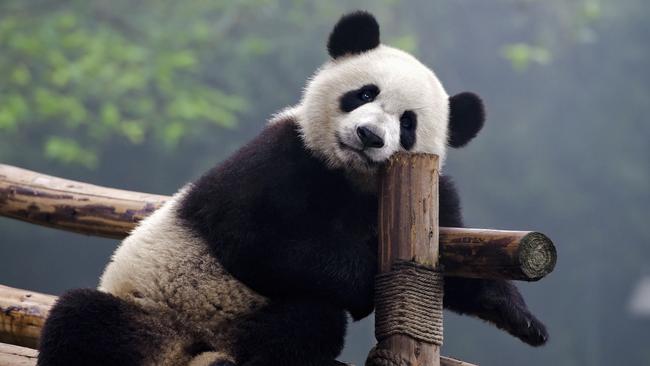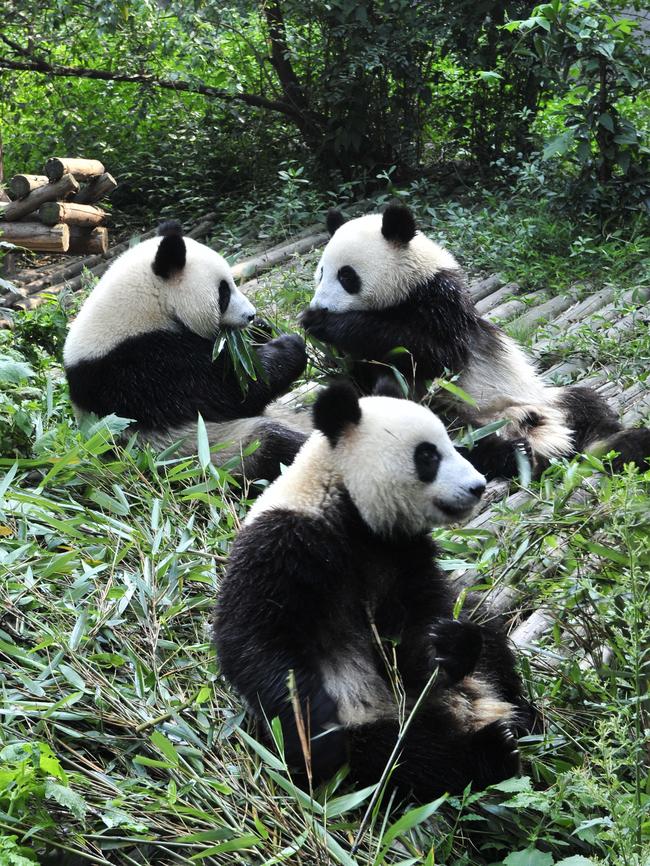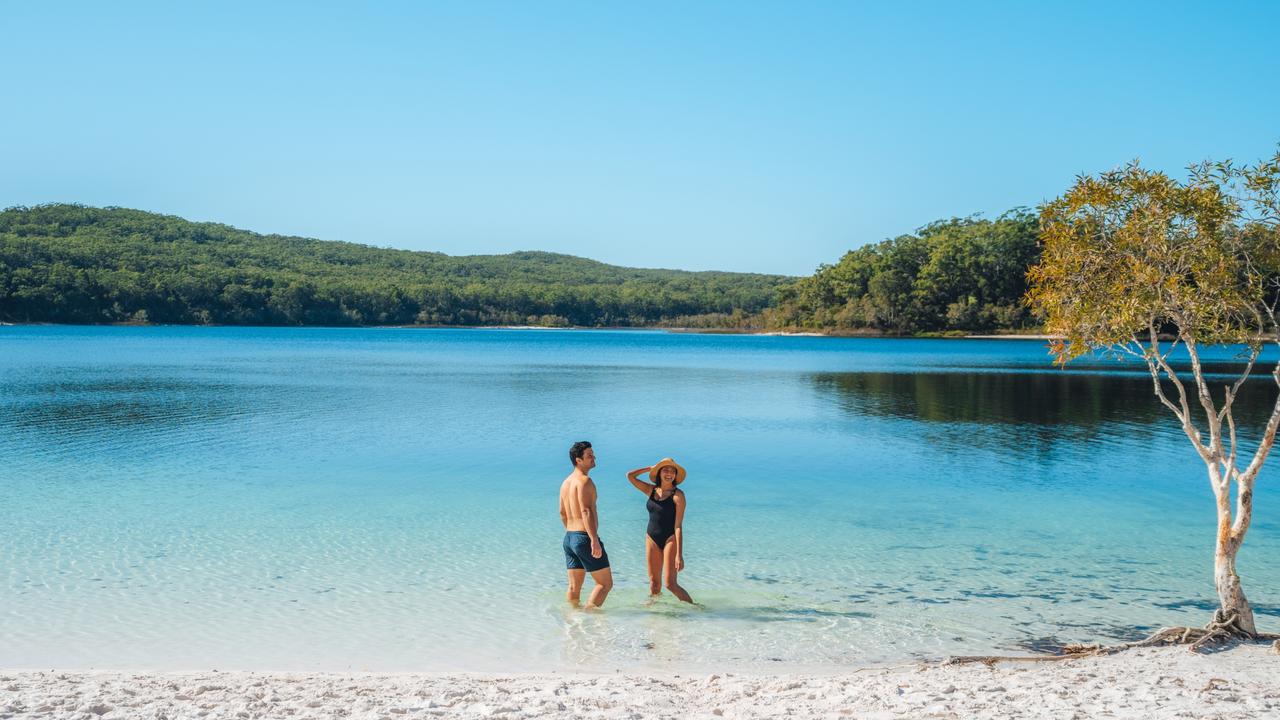Grinning and bearing it at China’s panda park
THEY are among the world’s most recognisable animals, constantly drawing admirers wherever they are, and there are few places you can get closer to the giant panda than this park in China.

Travel
Don't miss out on the headlines from Travel. Followed categories will be added to My News.
IT’S 9am and ‘panda-monium’ has begun — not with the beautiful laid-back pandas we have come to see and learn about but with the crowds flocking to the early opening of this large and amazing conservation park.
The Chengdu Giant Panda Breeding Research Foundation area is not a zoo but a preservation and research park area aimed at promoting conservation, breeding and research into the endangered and rare species of giant pandas.

An early morning visit here is an amazing experience as the pandas are very active, enjoying breakfast, creating wonderful photo ops before their mid — morning, midday and afternoon relax and sleep periods.
Founded in 1987 with just six pandas, the park covers about 40ha with 20 different areas to explore, starting with a magnificent entrance and tourist service centre and the Giant Panda Museum.

There is a research area, a panda story cinema, a giant panda nursery facility, a giant panda cub enclosure, a sub adult panda enclosure, an adult panda enclosure and so much more including two red panda enclosures.
The real beauty of walking to each of these areas is the huge amount of picturesque tall bamboo growing along and overhanging the wide paved paths.
We also learnt a lot about these animals — for example, giant pandas of less than a year old are called yearlings, just like human infants who grow into toddlers.

At this age the pandas are full of vigour and energy and experience several important changes. One or two weeks after birth their black markings start to appear and within a month they will have black ears, eye patches, legs and shoulder band. Around six to eight weeks their eyes open and around three months old their first baby teeth will appear — and just like humans they have two sets of teeth.

Their diet is primarily breast milk (or formulated milk from the keepers at the centre).
Around 100 days their limbs will support their body weight and they begin to crawl. After four to six months they grow stronger and more active and during all this time their average daily weight gain is about 100 grams. At around one year of age they will start to eat bamboo as all the teeth have grown.
This is where the fun starts and we were able to view many of the enclosures, such as the small subadults sleeping to larger cubs playing together and climbing over their adult parents (or climbing trees).
The biggest surprise was the red pandas, which look more like a giant fox with a long fluffy red tail.
Our final visit was to the magnificent lake known as Swan Lake where black swans rule the waters below a lakeside restaurant.
The Chengdu Giant Panda Breeding Research Foundation Centre is 10km from downtown Chengdu. It is open from 7.3am until 6pm. The best time to visit is 9-10am
The author visited Chengdu as a guest of Travel Masters and The Travel Studio


